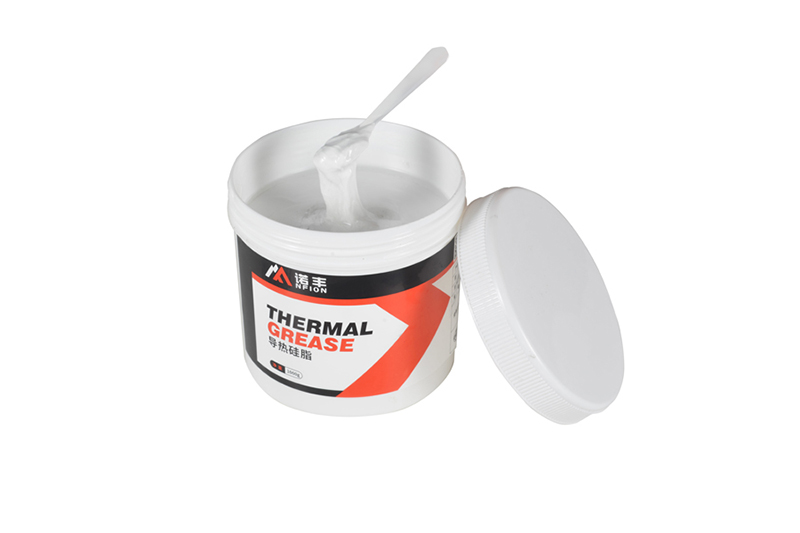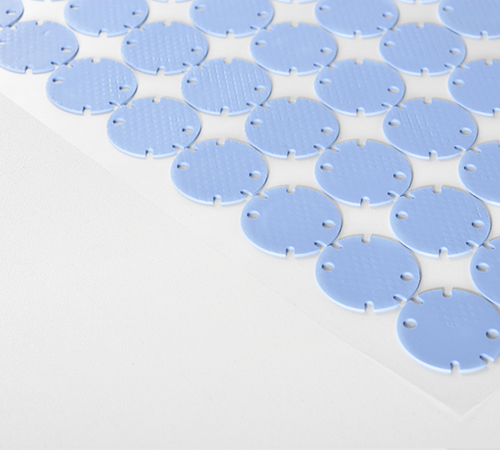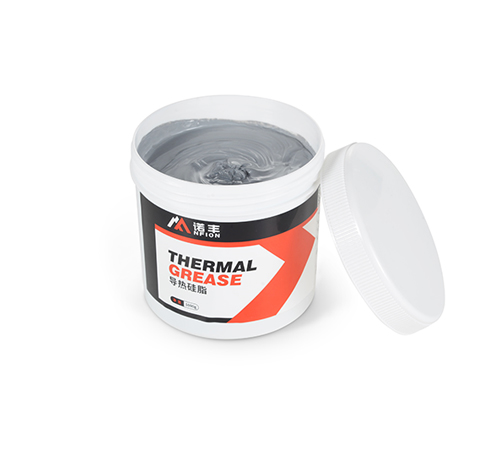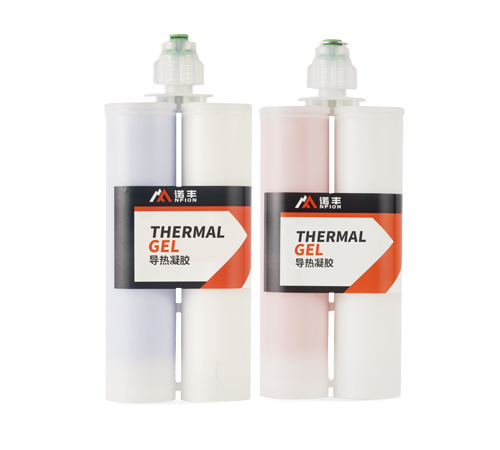In the rapidly advancing field of electronic technology, effective thermal management is vital to ensuring stable device operation and prolonging lifespan. Thermal gap pads and thermal grease, as two widely adopted thermal interface materials (TIMs), play a pivotal role in the heat transfer process of electronic products. This article aims to delve into the characteristics, pros and cons, and suitable applications of these materials, guiding you towards making a more informed decision when selecting materials for your electronic designs.
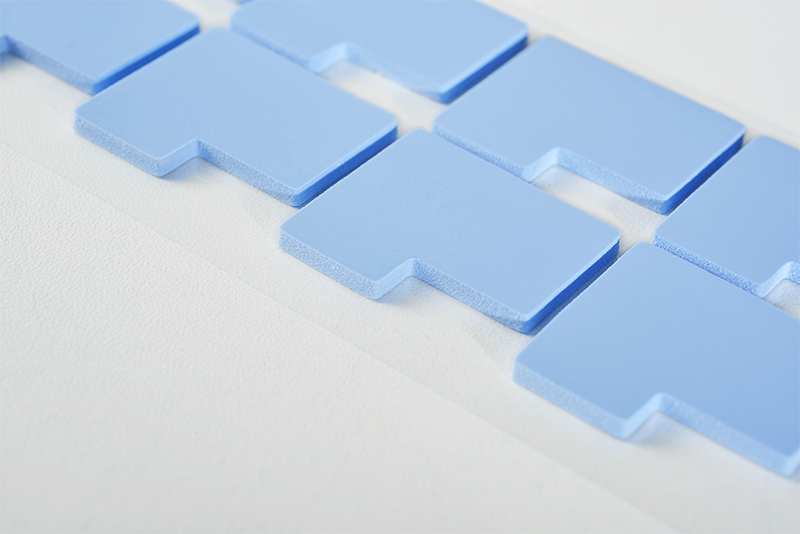
- Comprehensive Protection: Gap pads offer excellent insulation, water resistance, shockproofing, and weatherability, providing a physical barrier for sensitive electronic components against dust, moisture, and other contaminants.
- Ease of Installation:Pre-cut pads can be directly applied, eliminating the need for intricate application procedures, reducing assembly time and labor costs, while maintaining a clean workspace.
- Relatively Higher Thermal Resistance: While technological advancements have significantly reduced the thermal resistance of modern gap pads, they still tend to be higher than meticulously applied thermal grease.
- Mechanical Strength Limitations:The mechanical strength of gap pads is relatively low, potentially unable to withstand high pressures or continuous mechanical vibrations.
- Low Thermal Resistance: When applied, grease forms a thin and uniform layer that dramatically decreases the thermal resistance between the heat source and the cooling medium, enhancing cooling efficiency.
- High Flexibility: Suitable for various shapes and sizes of interfaces, it is particularly effective for addressing thermal conduction challenges on uneven surfaces.
- Maintenance Challenges:Over time, grease may harden or leak, necessitating periodic checks and reapplication, complicating maintenance routines.
- Application Complexity: Applying grease requires precise dosage control; too much or too little can impact cooling effectiveness and may contaminate adjacent components.
- Lack of Physical Protection:Grease does not provide additional physical safeguards like dust or water protection.
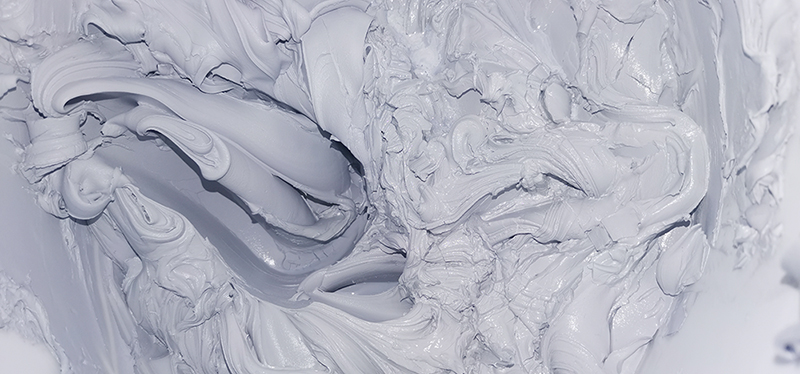
- Cooling Requirements: For applications with extremely high cooling needs where space allows, such as high-performance CPUs or GPUs, grease may be the better option. If balancing cooling with long-term stability and protection is crucial, gap pads are more suitable.
- Operating Environment: In environments prone to vibration, humidity, or dust, gap pads’ protective advantages shine.
- Cost and Maintenance:Factor in total costs, including material expenses, installation costs, and ongoing maintenance. Grease, though cheaper per application, can incur extra costs due to frequent replacement.
- Installation Convenience: In mass production, the pre-cut and ready-to-use nature of gap pads significantly enhances production efficiency.
Conclusion
 CN >
CN >
